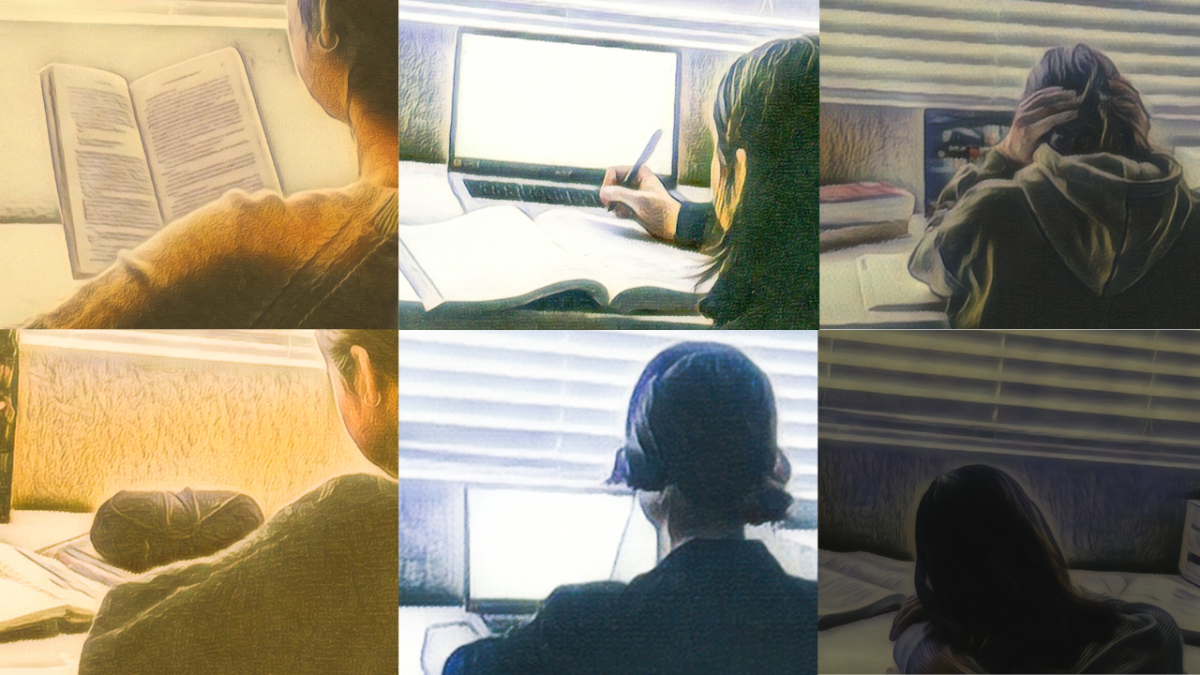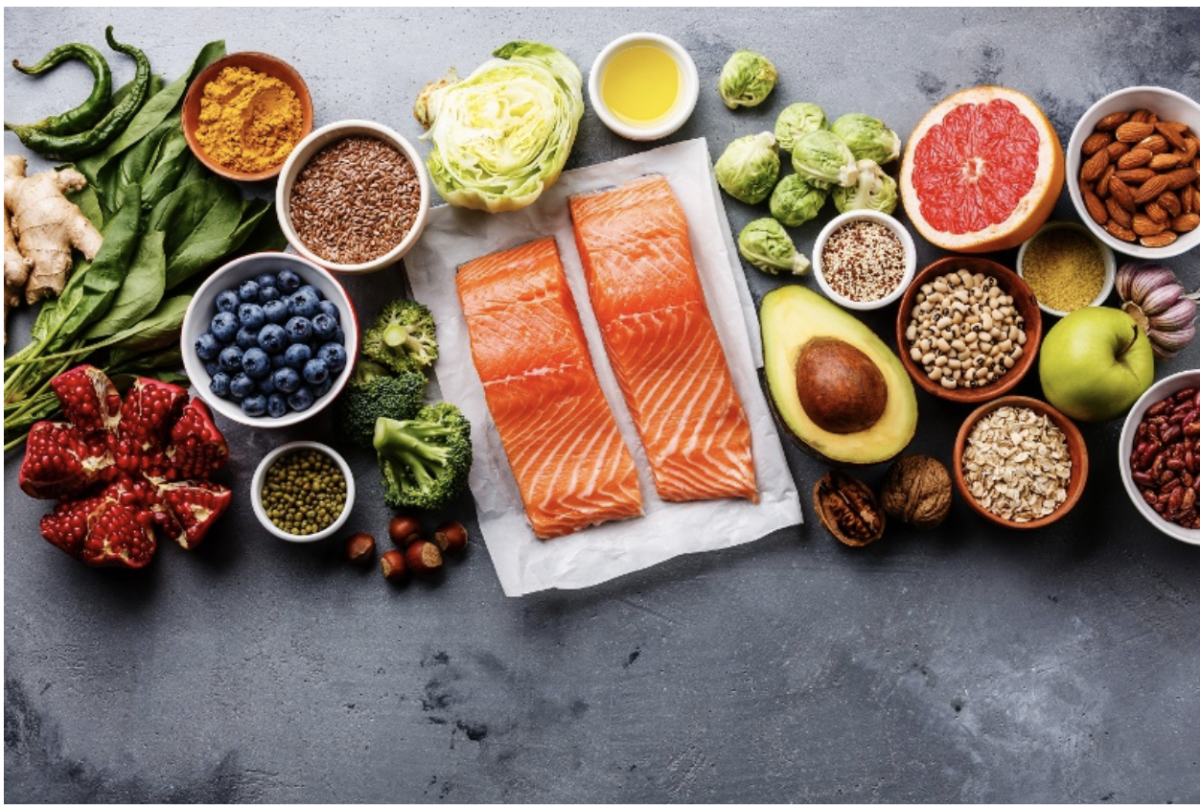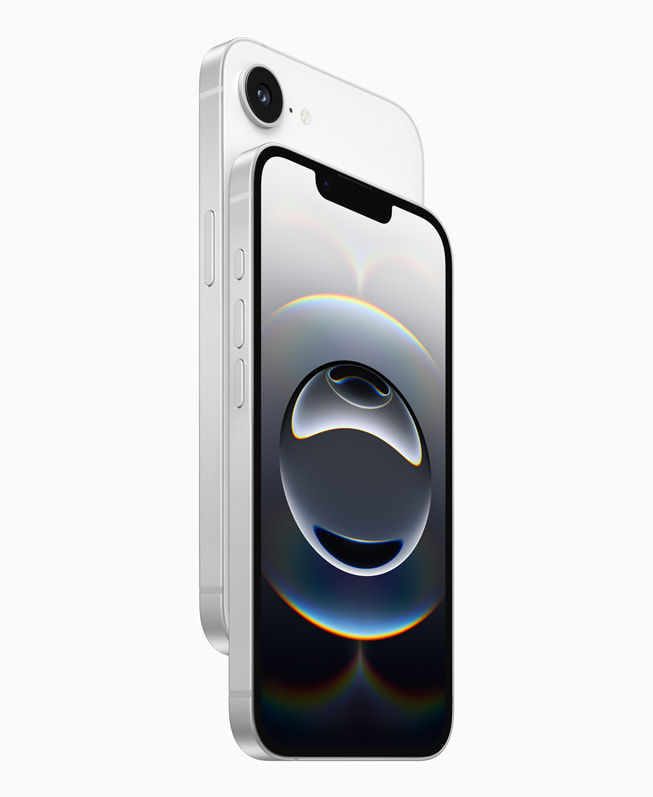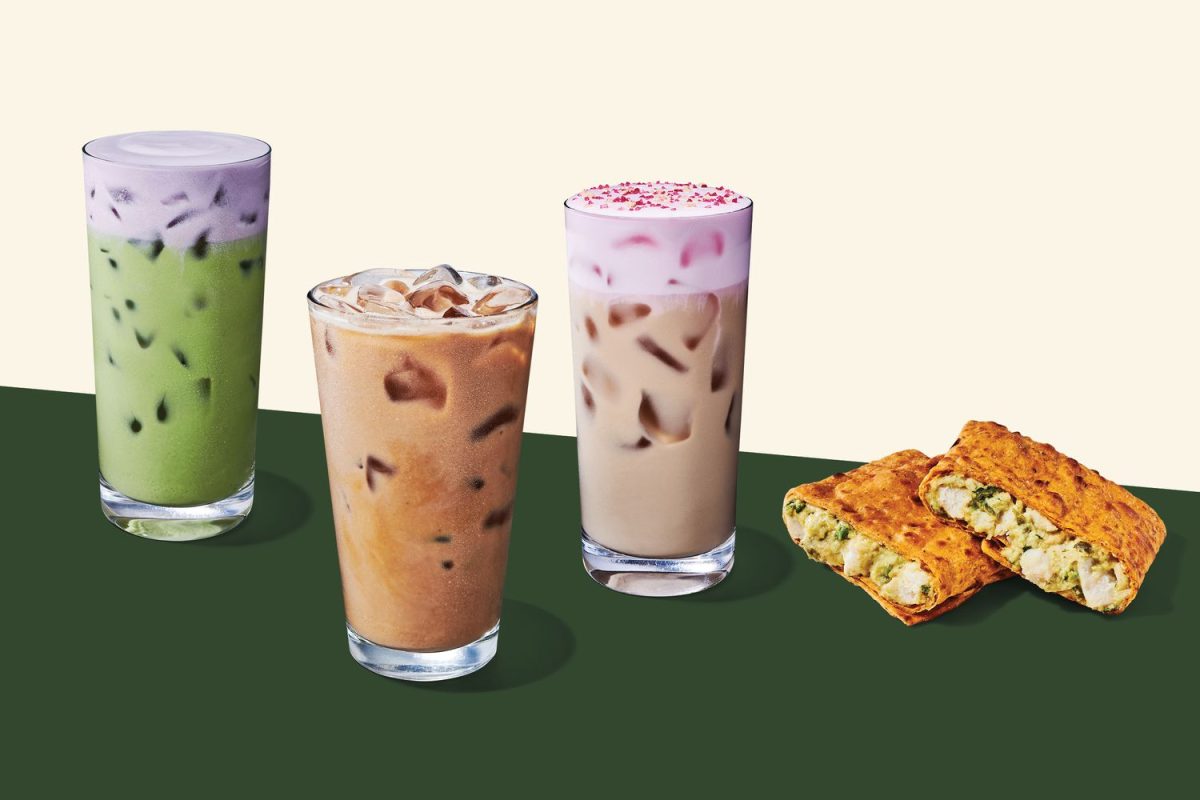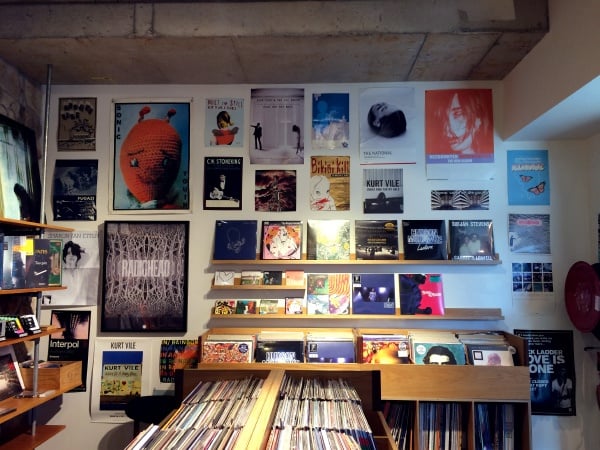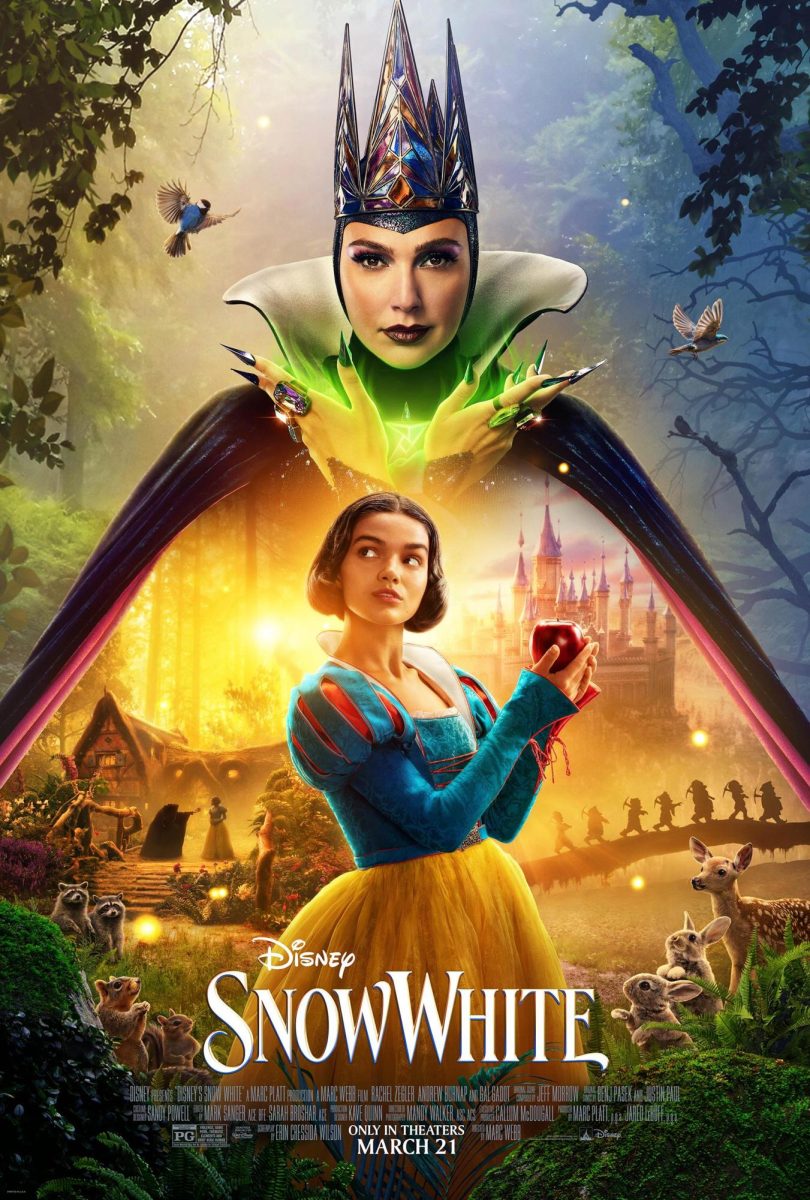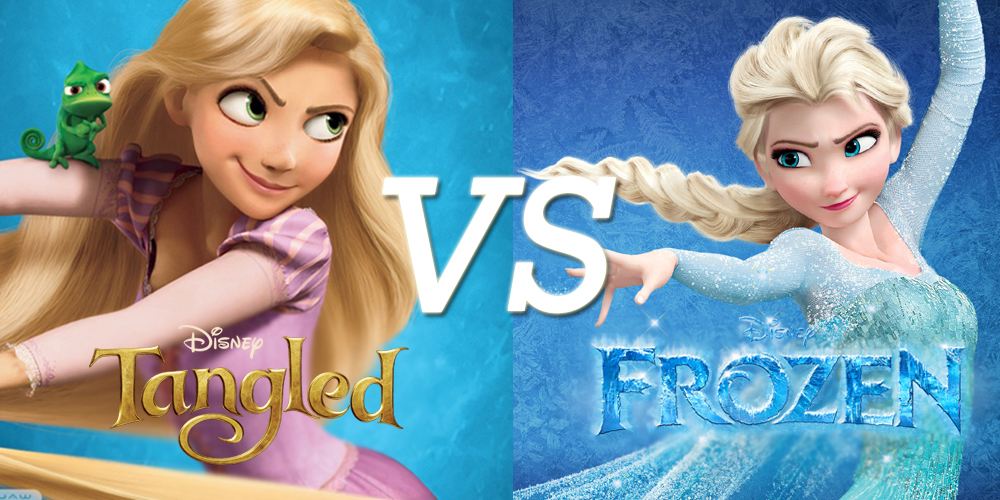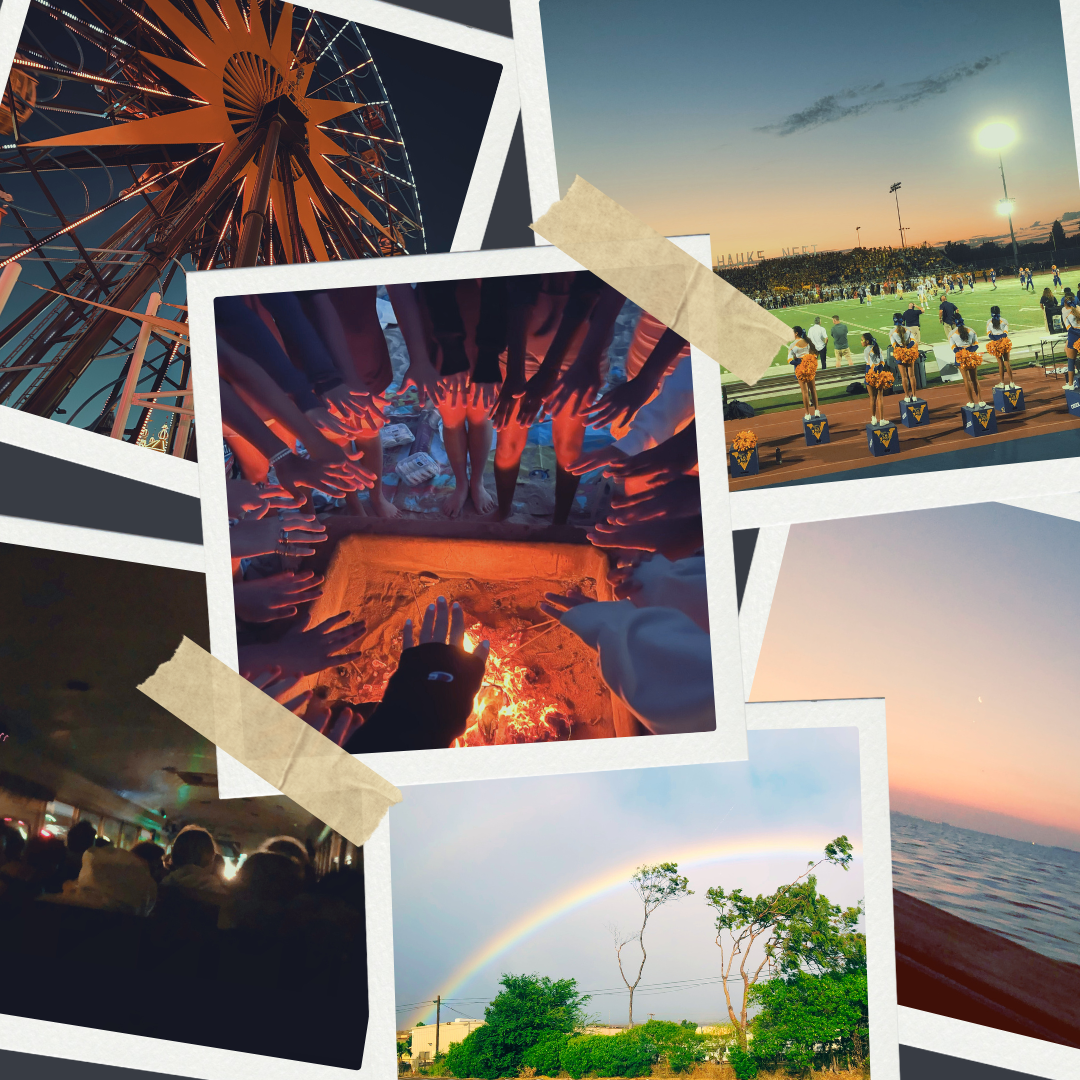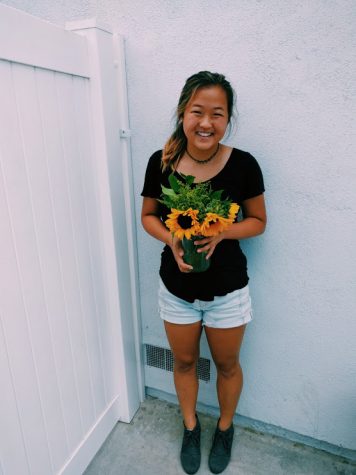Pinterest: The Social Media That Isn’t Targeted at Teens

Picture Courtesy of Twitter.com/Pinterest
April 23, 2015
When one thinks about social media, the first word that pops up into his or her head may be Facebook. Or Twitter. Or Instagram. Or total-teenage-time-waster.
But most likely, it’s never “Pinterest.”
With a simple red-and-white color scheme, Pinterest may not seem like much. Created in 2010 by Ben Silbermann, Evan Sharp, and Paul Sciarra, it is not a typical social media. Its function is not for its users to create clever catchphrases or update statuses; instead, it circulates pictures, videos, memes, gifs, and ideas around the web. Users can “pin” photos or articles that they like to different “boards” that are usually organized by topic. (It’s basically like an idea cork-board with unlimited space that can be accessed anywhere at any time from any electronic device.) Users can follow other users; however, not much emphasis is placed on number of followers, which is good for those who don’t want to get caught up in a popularity contest. And, unlike the “regular” social medias, Pinterest’s purpose is not mainly for interaction, but for ideas to be created and passed around to those who have like interests.
Ideas are a big emphasis on Pinterest. Mindblowing recipes (Loaded M&M Oreo Cookies Bars, Cinnamon Roll Pancakes, and Bacon Guacamole Grilled Cheese sandwiches are some of the most popular recipes on Pinterest at the moment), crazy fantastical pictures that can spark ideas for the imagination, and cute wedding or holiday events are featured on users’ newsfeeds. Pinterest provides a clean-cut place for people both creative and uncreative.
Needless to say, though, it’s not exactly targeted for high school students. Eighty percent of Pinterest users are adult women, and one never really hears “Hey, did you see that picture I Pinned yesterday?” in the halls of a high school.
However, if one digs deep enough, there are often hidden Pinterest users everywhere. Teachers and students alike use it; perhaps it can be considered one of the most private and equalizing social medias there is out there.
For example, sophomore Genesee Ouyang uses Pinterest to pin stuff, “mostly clothing,” she says. But for her, it’s not really an avenue for gaining followers, and she says that her pins don’t even really contribute to her own personal style. “I do it just for fun.”
In an age of social anxiety and follower-hunting, Pinterest’s “just for fun” attitude may be what some people need to relax and be inspired.

